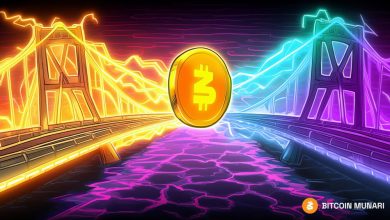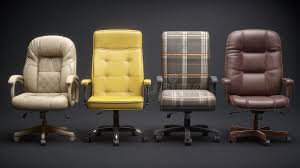How to Choose the Right Flooring for Your Commercial Space

Flooring might not be the first thing your customers notice—but it sets the foundation for everything else. Whether you’re running a retail store, office, restaurant, or medical facility, the right flooring can enhance your brand, improve safety, and lower long-term maintenance costs.
But with so many options out there, how do you pick the right one?
Here’s a straightforward guide to help you choose the best flooring for your commercial space—based on real needs, not just looks.
1. Know Your Traffic Type and Volume
Start by thinking about how your space is used and how much foot traffic it sees.
- High-traffic areas (like lobbies, hallways, or retail spaces) need durable, wear-resistant materials like luxury vinyl tile (LVT), ceramic tile, or polished concrete.
- Moderate-traffic areas (like private offices or break rooms) offer more flexibility. You might consider carpet tiles, engineered wood, or sheet vinyl.
- Wet or messy environments (like kitchens or clinics) need waterproof, slip-resistant flooring such as rubber, epoxy, or safety vinyl.
Tip: Don’t underestimate traffic. What seems like a “quiet” area today could see more use as your business grows.
2. Consider Your Industry Needs
Different industries have specific commercial flooring demands. Here are a few examples:
- Retail: You want something that looks great, holds up under traffic, and is easy to clean—LVT and polished concrete are top picks.
- Healthcare: Hygiene, safety, and comfort matter. Look for non-slip, antimicrobial surfaces like sheet vinyl or rubber flooring.
- Hospitality or Food Service: Durability and moisture resistance are key. Tile, sealed concrete, and commercial-grade vinyl work well.
- Offices: Sound absorption and aesthetics matter. Carpet tiles and engineered wood strike a good balance.
Every industry has its own priorities—match your flooring to the environment it will serve.
3. Think About Maintenance and Longevity
In commercial spaces, maintenance time and cost add up fast. Choose flooring that’s not just tough—but also easy to clean and repair.
Low-maintenance options:
- Luxury Vinyl Tile (LVT): Scratch- and stain-resistant, easy to clean, and budget-friendly.
- Polished Concrete: Incredibly durable and almost maintenance-free with proper sealing.
- Ceramic Tile: Long-lasting and stain-resistant, but grout lines may need extra attention.
Higher-maintenance options:
- Natural hardwood: Beautiful but sensitive to wear and water damage.
- Carpet: Comfortable and quiet, but can stain and wear out faster in high-traffic areas.
Tip: Ask about maintenance plans and warranties before you buy. Longevity saves money in the long run.
4. Balance Function With Aesthetic
Flooring is functional—but it’s also part of your brand. A law office needs a different feel than a fitness studio. Choose colors, textures, and patterns that reflect the personality of your business and enhance the experience of your visitors or staff.
Neutral tones create a clean, professional look.
Bold patterns can add energy and make a statement—great for creative spaces or showrooms.
Wood-look flooring adds warmth and professionalism without the upkeep of real hardwood.
Consistency matters too. Choose transitions and materials that flow naturally from room to room to create a cohesive look.
5. Set a Realistic Budget—But Think Long-Term
Commercial flooring isn’t just about the upfront price. Consider:
- Installation costs (some materials are easier and cheaper to install)
- Maintenance expenses
- Expected lifespan
- Downtime during installation or repairs
For example, carpet may cost less initially but wear out in 5–7 years, while LVT might last 15 years with minimal upkeep.
Tip: Get quotes for both materials and installation, and always ask about commercial-grade options—they’re made to last longer under pressure.
6. Don’t Forget Safety and Accessibility
Your flooring choice can affect more than just looks. It plays a key role in safety and accessibility.
- Choose slip-resistant surfaces, especially in entryways, kitchens, or bathrooms.
- Ensure flooring transitions are smooth for wheelchair and mobility access.
- Pick colors and textures that reduce glare and eye strain in well-lit areas.
This not only protects your team and customers—it also helps you comply with ADA (Americans with Disabilities Act) regulations.
Final Thought
Choosing the right flooring for your commercial space doesn’t have to be overwhelming. Focus on what matters: durability, safety, maintenance, and how the flooring supports your brand and daily operations.
Start by understanding your specific needs, do your research, and work with trusted commercial flooring professionals to get it done right.
Because great flooring isn’t just what you stand on—it’s what your business stands for.

Source: How to Choose the Right Flooring for Your Commercial Space




